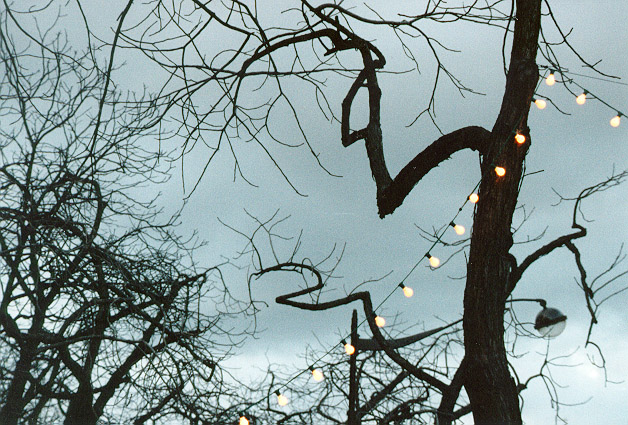Zigzags
Denis Kerdézé. Agent, Urban Service of Surface Maintenance, City of ***. Deposition recorded during the preliminary hearings held by the Parliamentary Commission on Unexplained Turbulences (PCUT), June 17, 1991.
Mr Kerdézé - OK, let me explain how it works, because there's no way you could know. After a big event, like a marathon, a parade or a bicycle race, the spectators leave tons and tons of waste behind them. One million people is five hundred tons of refuse, and you cannot dispose of that by just clicking your fingers, right? There's rubbish up to the trees. So we're pretty well organised, because we're smart people at the USSM?
Deputy Longcrin - Down to the facts, Mr K., please!
Mr Kerdézé - OK, OK, but you'll never get my story right if? OK, we're three hundred guys, that makes one hundred 3-man teams, divided into 80 teams of gatherers and 20 teams of terminators. A gathering team has 30 minutes to process 50-100 meters of street. We got rhythm, man. We stack refuse into a big heap on both sides of the street, one every 15 meters, it's a beauty, it's a piece a real art, man.
Deputy Longcrin - Keep to the facts, Mr Kerdézé. The Commission has no time to spare for technicalities.
Mr Kerdézé - OK, I surrender. Remember May 17, 1990, after the Marathon? Well, we just built our anthills as usual, though instead of putting them on the pavement, we arranged them in zigzag right in the middle of the avenue. Turned the city into a nice big mess, you remember that?
Deputy Alizieff - Were you protesting something? I've been told that the pay is not that good at the USSM.
Mr Kerdézé - No, the pay is all right. It was a matter of perfection, of justice. For every street, you have two strips of pavement, and they never talk to each other, they don't communicate. By putting the heaps in zigzag, we joined the strips together, social linkage, they call it.
Deputy Alizieff - This is pure delirium! Streets are not human beings, they don't have feelings! Don't you realise how delirious this is?
Mr Kerdézé - When you think about it, it sure sounds strange. But doing it, man, that felt good. And right. We were doing theright thing. And it was ![]() 's idea. He was new at the USSM, but he had the right ideas. For
's idea. He was new at the USSM, but he had the right ideas. For![]() , everything had to make sense. The zigzag arrangement made sense, we were fighting again chaos, creating order from rubbish, turning garbage into a crystalline organisation.
, everything had to make sense. The zigzag arrangement made sense, we were fighting again chaos, creating order from rubbish, turning garbage into a crystalline organisation.
Deputy Alizieff - So this ![]() was some kind of guru, a guru in the Urban Service of Surface Maintenance ! You and your colleagues admired him? He had charisma?
was some kind of guru, a guru in the Urban Service of Surface Maintenance ! You and your colleagues admired him? He had charisma?
Mr Kerdézé - Call it as you want. He didn't stay long after the zigzag. He got transferred to another Department, Parks and Gardens, to work as a tree-trimmer. I heard he made history out there.
Gilles Tran © 2001 www.oyonale.com
